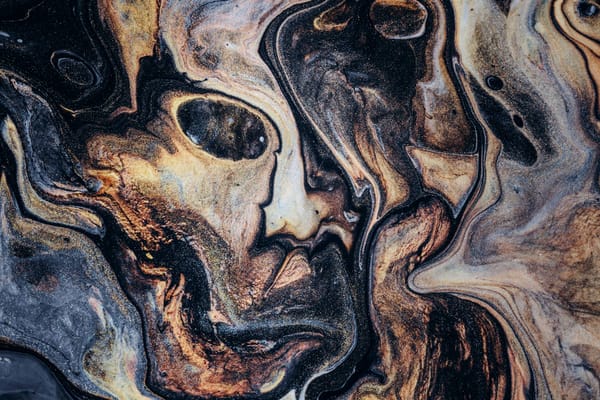When Legends Shift: Reworking 'the dragon in the mountain'
How can small adjustments reshape a legend to make its impact hit harder, its imagery stick longer? Let’s explore the art of rewriting for poignant contrast.
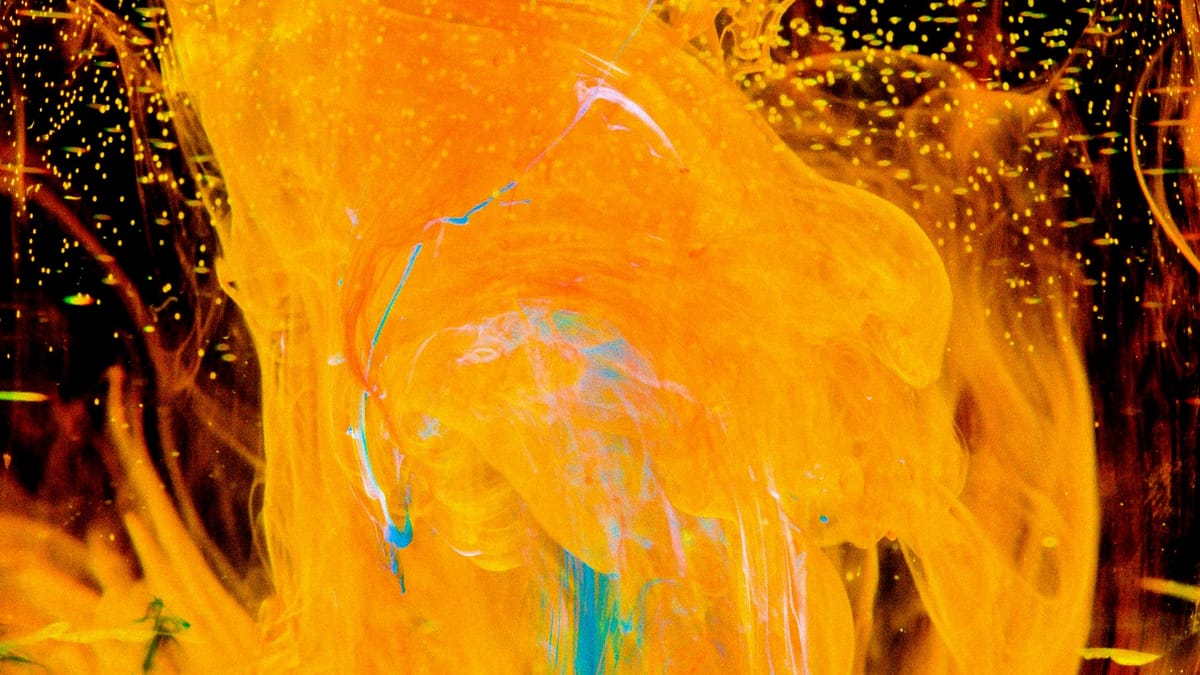
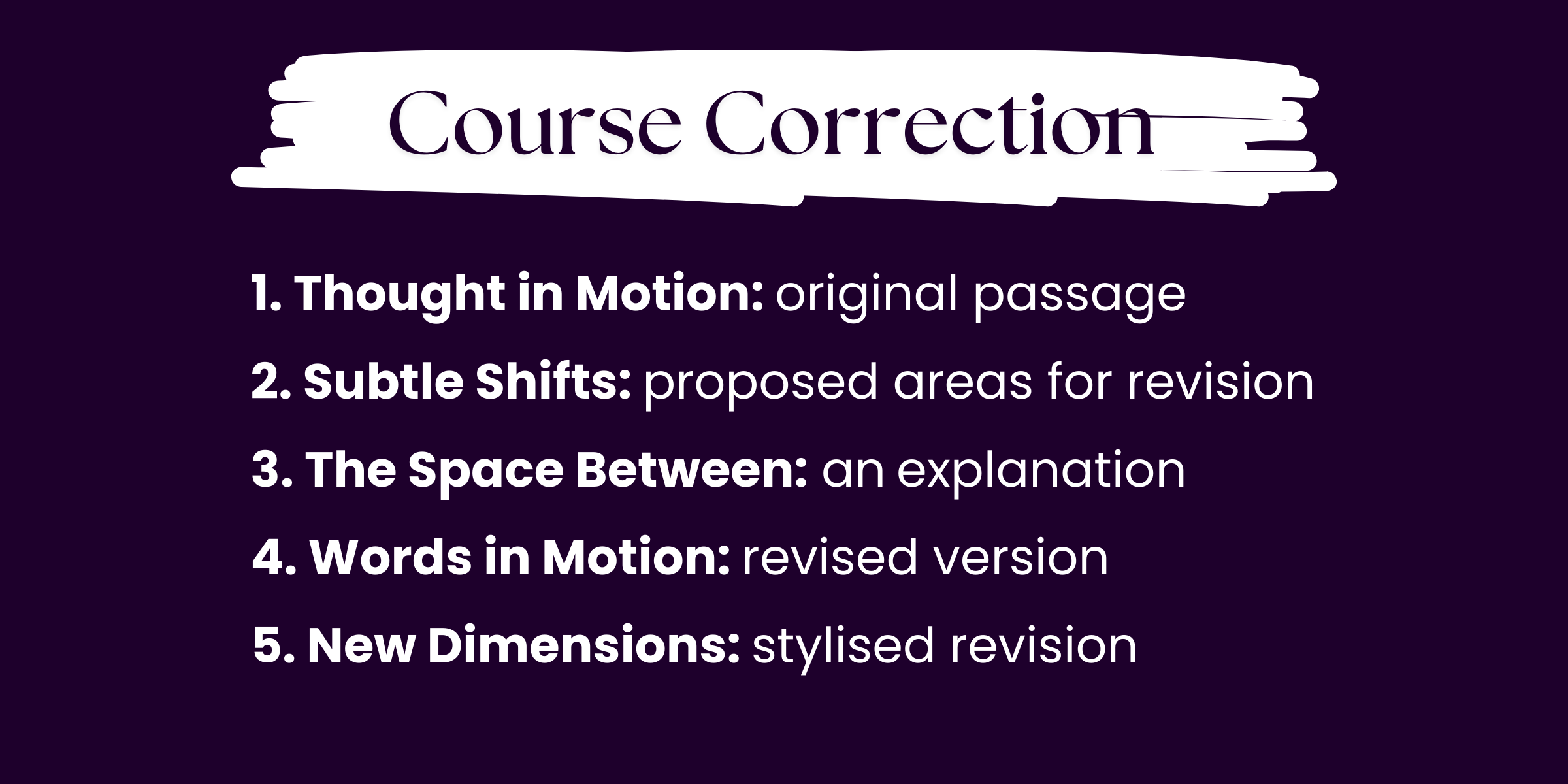
1. Thought in Motion


The story above, the dragon in the mountain, was written by baba_booey. It's available to read for free through the provided link, along with the author's other works.
2. Subtle Shifts
In a world full of magic and wonders, there sits a sleepy little village sitting on the base of a mountain. Its people were content and lived a peaceful, albeit monotonous, life until a dragon suddenly appeared and took shelter among the caverns of the mountain. (4, 2)
The people, confused and terrified, split into factions.
“The dragon is a sign of dark times!” screeched the village leader to the paranoid faction of the people. “We must slay it, or else he will chase us out of this valley soon enough!” (2, 1, 4)
“No, you fool!” grumbled the village crone to the village leader, “The dragon can lead us to gold and riches. We must bow down in reverence, as it is the sign of prosperity and greatness!” (2, 4)
And so their voices carried day and night, the people warring with one another in heated words. The days turned to weeks, and the weeks then turned to a month, both neither backing down nor losing heat. (1, 2, 4)
The village leader and the crone, confident of the dragon and its signs, put their beliefs to the test at last. (1, 2)
An unlucky fellow was to be the one who would treat the dragon. If the man is eaten, then the village will take swords against the dragon and hope to kill it, and if the dragon can be swayed with his words and cart of jewelry and precious things then the village will have to bow their heads and pray for its guidance. (3, 4, 2)
Now the fellow, shaking in his pants, stared at the dragon’s enormous size and rows of spears of teeth, of the colors of scales that covered its body, and continued to gape until his sight reached the wound the dragon had festered and took hold of. (4, 3, 2, 1)
The dragon is dead. (4)
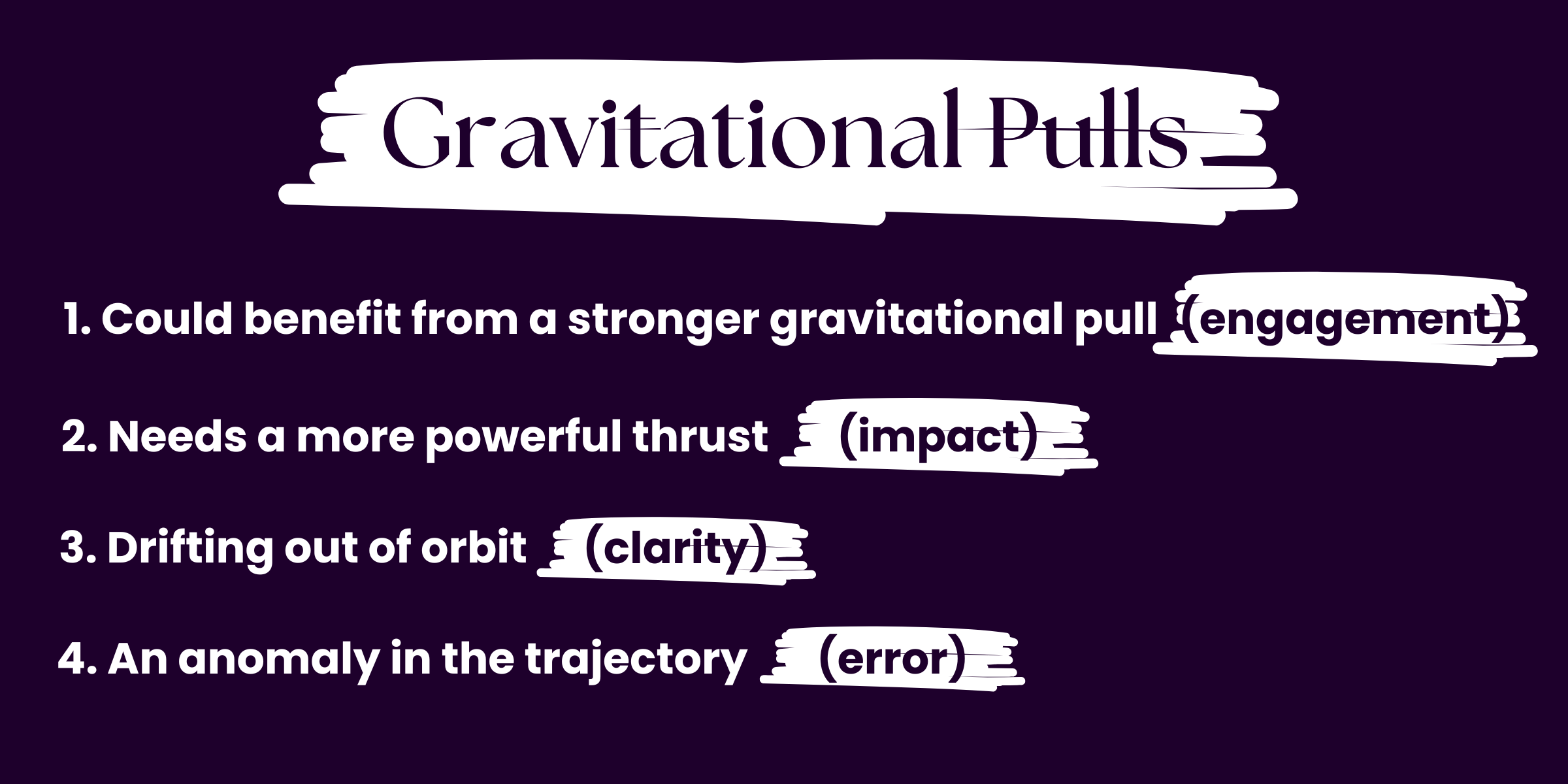
3. The Space Between
The legend paints a cautionary tale of the burden of belief, self-propelled fear, and greed, among other things, which is why the journey to that final, gut-punching statement needs to be etched more sharply into the canvas.
Aside from minor errors scattered throughout, the main obstacle here lies in abrupt transitions. Since they're fairly commanding, they don’t allow the characters to breathe into existence, which deprives the story of the emotional depth and slow-building tension that would truly animate it.
We can also create a more visually cohesive tale by experimenting with both impact and shock within the confines of the format. For example, suffusing the language with an undercurrent of rot could better convey the idea of something unwanted festering within a once-pure body, alluding to both the dragon and the village.
Likewise, the aim should be to show the inhabitants' emotional turmoil rather than express it, making the wording more tactile and weighted—suffocating, even. This way, we can create a stronger sense of friction and fatigue as the tension builds.
There’s also room for sharper, more physical descriptions that can serve multiple functions. An example would be the portrayal of the crowd, which can be made more visceral by conveying "paranoia" without directly naming it. However, since playing with the roots of the text is too invasive in the process of editing, we’ll reserve that for the stylised version.
Another element worth adjusting slightly is the formality of the language, which could be remoulded to better align with the fable-like richness of legends. On the topic of language, as F. Scott Fitzgerald once aptly put it, using exclamation marks is like laughing at your own joke. Since they lack true impact, it's best to avoid them.
The “unlucky fellow” also deserves special attention, seeing as he evolves into the story’s focus and witness to its unravelling. To flesh out his journey, we can present his sinister circumstances in a way that adds to the mystical tension, toying with the poignant contrast of his life.
Again, since this stretches the story in ways that haven't been defined by the author, we’ll leave such modifications for the final version.
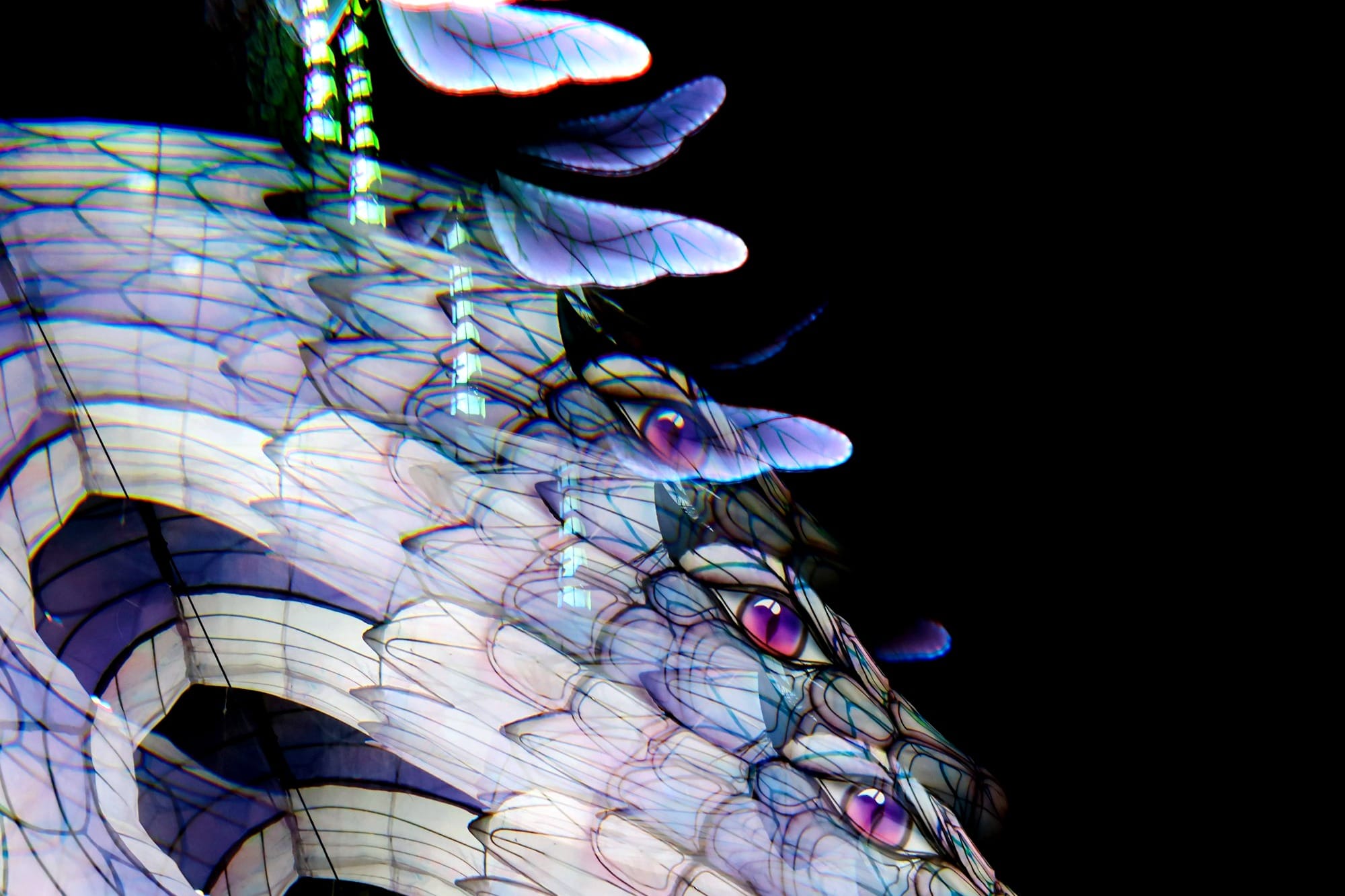
4. Words in Motion
In a world full of magic and wonders, a sleepy little village was nestled at the base of a mountain. Its people were content and lived a peaceful, albeit monotonous, life until a dragon split the skies, taking shelter among the caverns of the mountain.
The people, confused and terrified, split into factions.
“The dragon is a sign of dark times,” screeched the village leader to the paranoid crowd. “We must slay it, or else it will chase us out of this valley soon enough.”
“No, you fool,” grumbled the crone. “The dragon can lead us to gold and riches. We must bow down in reverence, as it is a sign of prosperity and greatness.”
And so, their voices clashed day and night, sharp as steel. The days turned to weeks and then bled into a month, with neither side waning.
The village leader and the crone, confident in the dragon and its signs, finally put their beliefs to the test.
An unlucky fellow was to be chosen to face the dragon. If the man was eaten, the village would take up swords against the dragon and hope to kill it. And if the beast could be swayed with words and a cart of jewelry and precious things, then the villagers would bow their heads and pray for its guidance.
Soon, the fellow, trembling with fear, found himself staring at the dragon's enormous size, its rows of jagged teeth and vibrant scales covering its body. He continued to gape until his gaze fell on the wound festering within the beast's flesh.
The dragon was dead.
5. New Dimensions
In a world steeped in magic, a sleepy village lay nestled at the base of a mountain. Its inhabitants led quiet, monotonous lives until, one day, a dragon split the skies, rippling the clouds before slipping inside the mountain's caverns.
The people, wide-eyed and slack-jawed, soon broke into factions.
“The dragon is a sign of dark times,” yelled the village leader to the bloated crowd below. “We must slay it, or else it will chase us away.”
“You fool,” grumbled the crone. “The dragon can lead us to gold...riches. We must bow down in reverence, as it is a sign of great fortune.”
And so, their voices clashed day and night, sharp as steel. The days bulged into weeks and then a month, with neither side willing to yield.
One day, as they were eyeing the cracked mouth of the cavern above, the village leader and the crone agreed to set their weary faith into motion.
The name of an unlucky fellow was to be drawn at random. In facing the dragon, he would have the honour of contesting fate. If he was devoured, the village swore to take up swords and butcher the beast. And if the creature could be swayed with soothing words and a cart of precious stones, the villagers would bend at the waist and plead for deliverance.
Soon, on bruised knees, the fellow found himself before the dragon's immensity, staring at its saw-toothed jaws and fiery scales. He continued to gape until his eyes fell on the leaching wound that had festered within the beast's swollen flesh.
The dragon was dead.




